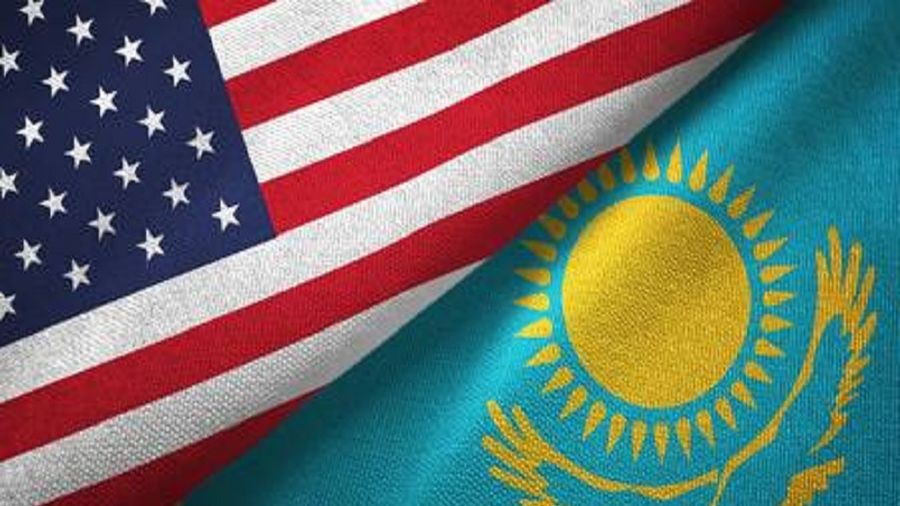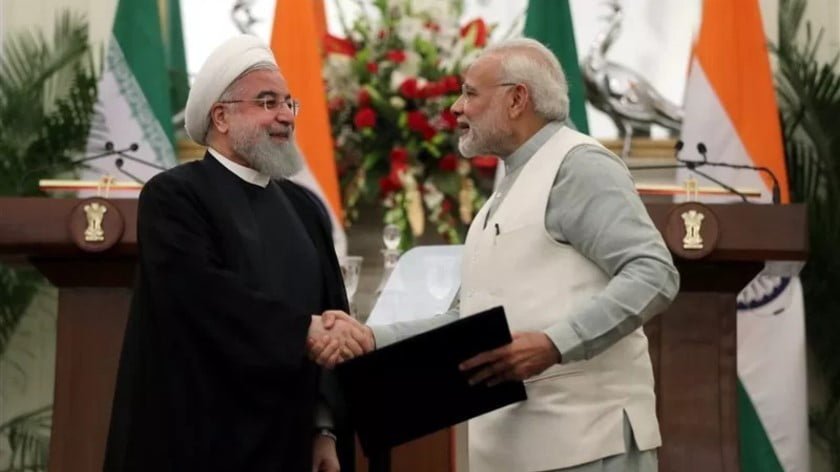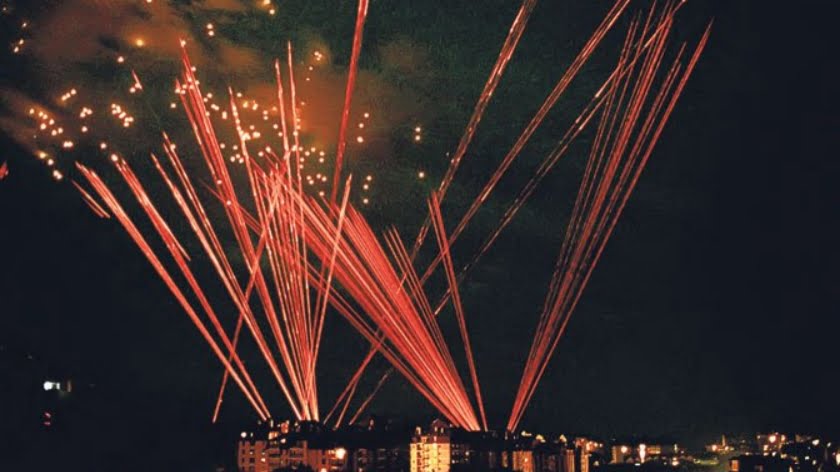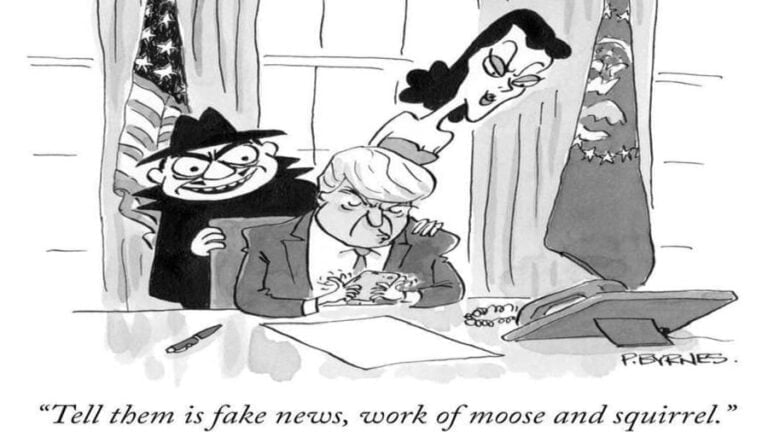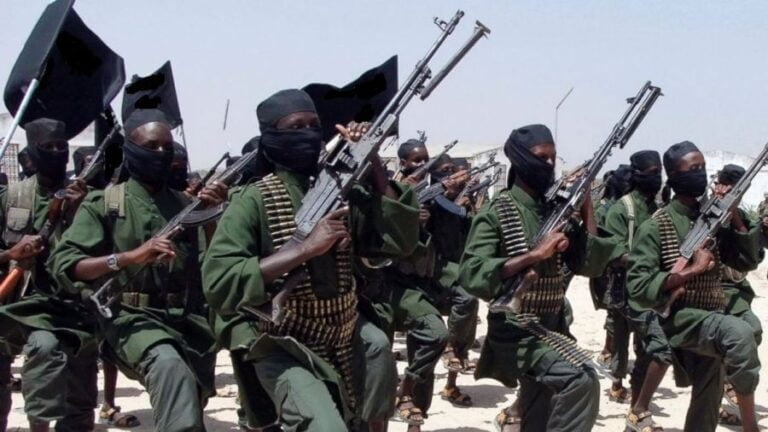Did The US’ Subversive Anti-Russian Deep State Faction Destabilize Kazakhstan?
It’s likely that the US’ subversive anti-Russian ‘deep state’ played a role in shaping events in order to stop Biden’s efforts to reach a pragmatic series of mutual compromises with Russia during their upcoming negotiations aimed at enabling the Pentagon to redeploy some of its European-based forces to the Asia-Pacific in order to more aggressively ‘contain’ China, which goes against this faction’s ideologically driven grand strategic goals.
Speculation abounds in the Alt-Media Community (AMC) about who’s responsible for the Hybrid War on Kazakhstan, with many instinctively claiming that it just has to be the US. There’s some basis to this theory since America has traditionally pursued a divide-and-rule policy in the former Soviet space predicated on the weaponization of preexisting identity conflicts (including political ones) for regime change purposes through the phased transition of Color Revolutions into Unconventional Wars (with this sequence being described as Hybrid War). The US-led West also has powerful “NGO” influence networks deeply embedded in Kazakhstani society, when why the claim appears credible.
Those who ascribe to this theory are convinced that the latest unrest was timed to either compel unilateral concessions from Russia regarding its earlier declared red lines ahead of the upcoming talks aimed at de-escalating the undeclared US-provoked missile crisis in Europe or to outright sabotage those negotiations before they even begin. This line of thinking is superficially convincing but ultimately specious since it lacks any serious substance. The security talks will go ahead as scheduled and Russian officials haven’t paid any credence to those populist claims, at least not yet. One would have assumed that they’d immediately expose this plot if they truly felt that the US was behind it.
There’s an alternative interpretation of what happened though which objective observers should seriously consider if they truly endeavor to better understand the complex dynamics that might have been at play. That’s the educated conjecture that the anti-Russian faction of the US’ permanent military, intelligence, and diplomatic bureaucracies (“deep state”) potentially played a role in provoking this crisis due to their self-interested desire to offset the planned security talks because of their ideological conviction that Russia constitutes a greater threat to their country than China does. This theory deserves some further elaboration in order to be better understood.
Basically, the prevailing anti-Chinese “deep state” faction that Biden inherited serves as among one of Trump’s most enduring legacies since it’s presently directing the US’ grand strategic goals in the New Cold War. They regard China as the US’ top threat, not Russia, to which end they aim to de-escalate tensions with the latter in Europe so as to redeploy some of their forces from there to the Asia-Pacific in order to more aggressively “contain” China. That same undeclared US-provoked missile crisis wasn’t due so much to Biden and his anti-Chinese team but their anti-Russian “deep state” rivals who sought to trigger unprecedented East-West tensions in order to stop the aforementioned plan in its tracks.
In pursuit of that subversive goal, they leveraged their network of influence in the Baltic States, Poland, and Ukraine, which thus far failed to make any noticeable difference since Biden’s team wisely continued with their pragmatic strategy of engaging Russia for the purpose that was explained in the preceding paragraph. Desperate to stop this no matter what, the anti-Russian “deep state” faction seems to have leveraged their country’s extensive “NGO” influence network in Kazakhstan so as to provoke a Hybrid War crisis shortly before the planned talks with Moscow. As luck would have it, the timing was auspicious due to the authorities’ preplanned removal of energy subsidies.
This coincidentally overlapped with the run-up to next week’s planned talks, which served as the “trigger event” for superficially “justifying” this long-plotted Hybrid War provocation. That development catalyzed organic grassroots demonstrations aimed against the reforms, which were then immediately hijacked on command by the anti-Russian “deep state’s” Hybrid Warriors who’d been preparing for such a scenario. Despite the government giving in to the initial apolitical protesters’ anti-reform demands, the unrest actually intensified since the regime change plotters embedded within that movement knew that they only had now to make their move lest they lose their strategic momentum.
That explains why they immediately transformed the apolitical anti-reform protests into anti-state riots that quickly employed terrorist tactics such as attacking members of the security services, seizing and torching government buildings, and ransacking shops, among many other instances of Unconventional Warfare. The whole point was to create a Hybrid War crisis in the run-up to next week’s planned talks with the intent of misleading Russian strategists into thinking that Biden was behind it all even though it very well might have been his “deep state’s” subservice anti-Russian faction motivated by the earlier mentioned ends connected to ruining those upcoming negotiations on the European missile crisis.
Critics of this interpretation might predictably claim that the Hybrid War on Kazakhstan “distracts” Russia from Ukraine, but that’s not true. Its limited CSTO peacekeeper deployment that was authorized Thursday morning won’t take away from the Russian military’s western-focused capabilities. Moreover, the chaos in Kazakhstan is of an unconventional security nature unlike the conventional threats posed to Russia by NATO’s continual eastward expansion and potential deployment of strike weapons near its border which constitute Moscow’s already articulated red lines. In addition, Russia has enough diplomats to multi-manage several crises at once without losing focus on any single one.
These observations contradict the premises put forth by those who theorize that the US as a whole was behind the latest unrest in Kazakhstan in an attempt to either compel unilateral concessions from Russia related to its red lines in Europe or to completely ruin those upcoming talks before they even begin. It’s more likely that its subversive anti-Russian “deep state” played a role in shaping events in order to stop the US’ efforts to reach a pragmatic series of mutual compromises with Russia aimed at enabling the Pentagon to redeploy some of its European-based forces to the Asia-Pacific in order to more aggressively “contain” China, which goes against this faction’s ideologically driven grand strategic goals.
Folks shouldn’t forget that the US isn’t a homogenous decision-making entity since the past six years have proven that it’s fractured into viciously competing factions that will stop at nothing to undermine their rivals. It’s unrealistic to imagine that these dynamics have improved, let alone have been removed from the strategic equation, since Biden replaced Trump. Rather, they only intensified after the incumbent somewhat surprisingly continued his predecessor’s decisive anti-Chinese course to the chagrin of the anti-Russian “deep state” faction. What happened in Kazakhstan might therefore have been the last hurrah of this increasingly desperate interest group before it’s politically neutralized.

